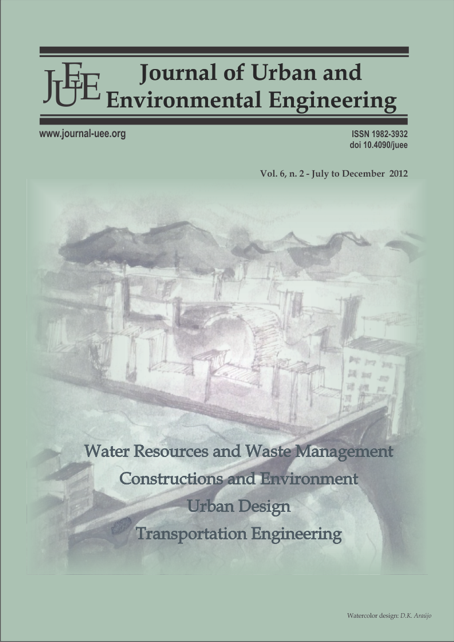URBAN FEATURES AND ENERGY CONSUMPTION AT LOCAL LEVEL <a href="http://dx.doi.org/10.4090/juee.2012.v6n2.043047">(doi: 10.4090/juee.2012.v6n2.043047)</a>
DOI:
https://doi.org/10.4090/juee.2012.v6n2.%25pKeywords:
Urban Planning, Building Form, Energy Consumption, ShirazAbstract
There has been a growing interest in discovering the human effects on the environment and energy consumption in recent decades. It is estimated that the share of energy consumed in transportation and housing systems are around 20 and 30 percent of total energy consumption respectively. Furthermore, the residential greenhouse emissions depend on urban form and structure. This paper explores the effects of urban features on residential energy consumption at neighborhood level using data collected through household questionnaire (n=140). Two residential districts in metropolitan Shiraz, south of Iran, were selected as case study areas. Different features of two areas were compared including building density, typology, housing location, parcel size, floor area and construction materials. Ordinary linear regression was used to discover the impact of explanatory variables on energy consumption. It was found that some physical variables such as parcel size, setback and number of floors played significant roles in explaining the variances exist in energy use level. The results can be used by governmental agencies to modify land use policies and subdivision rules in hope of saving energy and achieving a sustainable community.Downloads
Download data is not yet available.
Downloads
Published
2012-12-26
Issue
Section
Articles




